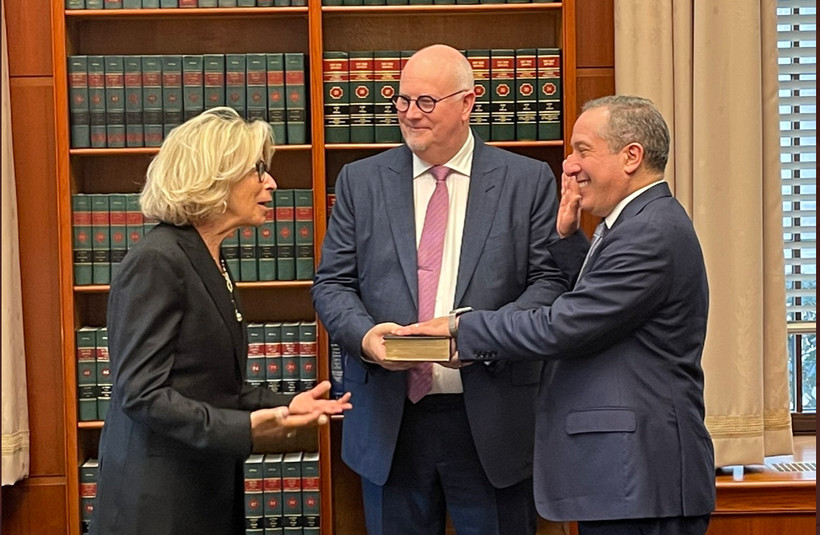Did New York’s Chief Judge Break the Law to Pick Her Interim Successor?
Janet DiFiore may have gotten a say in picking her interim successor, boosting a judge who has never once voted against her.

Janet DiFiore may have gotten a say in picking her interim successor, boosting a judge who has never once voted against her.

BEFORE YOU GO, consider: If not for the article you just read, would the information in it be public?
Or would it remain hidden — buried within the confines of New York’s sprawling criminal-legal apparatus?
I started working at New York Focus in 2022, not long after the outlet launched. Since that time, our reporters and editors have been vigorously scrutinizing every facet of the Empire State’s criminal justice institutions, investigating power players and the impact of policy on state prisons, county jails, and local police and courts — always with an eye toward what it means for people involved in the system.
That system works hard to make those people invisible, and it shields those at the top from scrutiny. And without rigorous, resource-intensive journalism, it would all operate with significantly more impunity.
Only a handful of journalists do this type of work in New York. In the last decades, the number of local news outlets in the state has nearly halved, making our coverage all the more critical. Our criminal justice reporting has been cited in lawsuits, spurred legislation, and led to the rescission of statewide policies. With your help, we can continue to do this work, and go even deeper: We have endless ideas for more ambitious projects and harder hitting investigations. But we need your help.
As a small, nonprofit outlet, we rely on our readers to support our journalism. If you’re able, please consider supporting us with a one-time or monthly gift. We so appreciate your help.
Here’s to a more just, more transparent New York.


The legislature rejected Hochul’s central public safety policy priorities while embracing proposals to increase prison oversight.
In New York, half of CIU exonerations involve prosecutorial misconduct, but DAs rarely acknowledge who got it wrong.
No time to read our big investigation? Here’s a quick summary of everything you need to know.
The mayor enlisted an army of contractors to build a one-stop benefits platform. Two years and $100 million later, the website is a skeleton of what it was supposed to be.
We read the governor’s, Senate’s, and Assembly’s budget proposals — so you don’t have to.
The compromise would reduce business taxes and raise the benefit level, but leave the program inadequately funded.